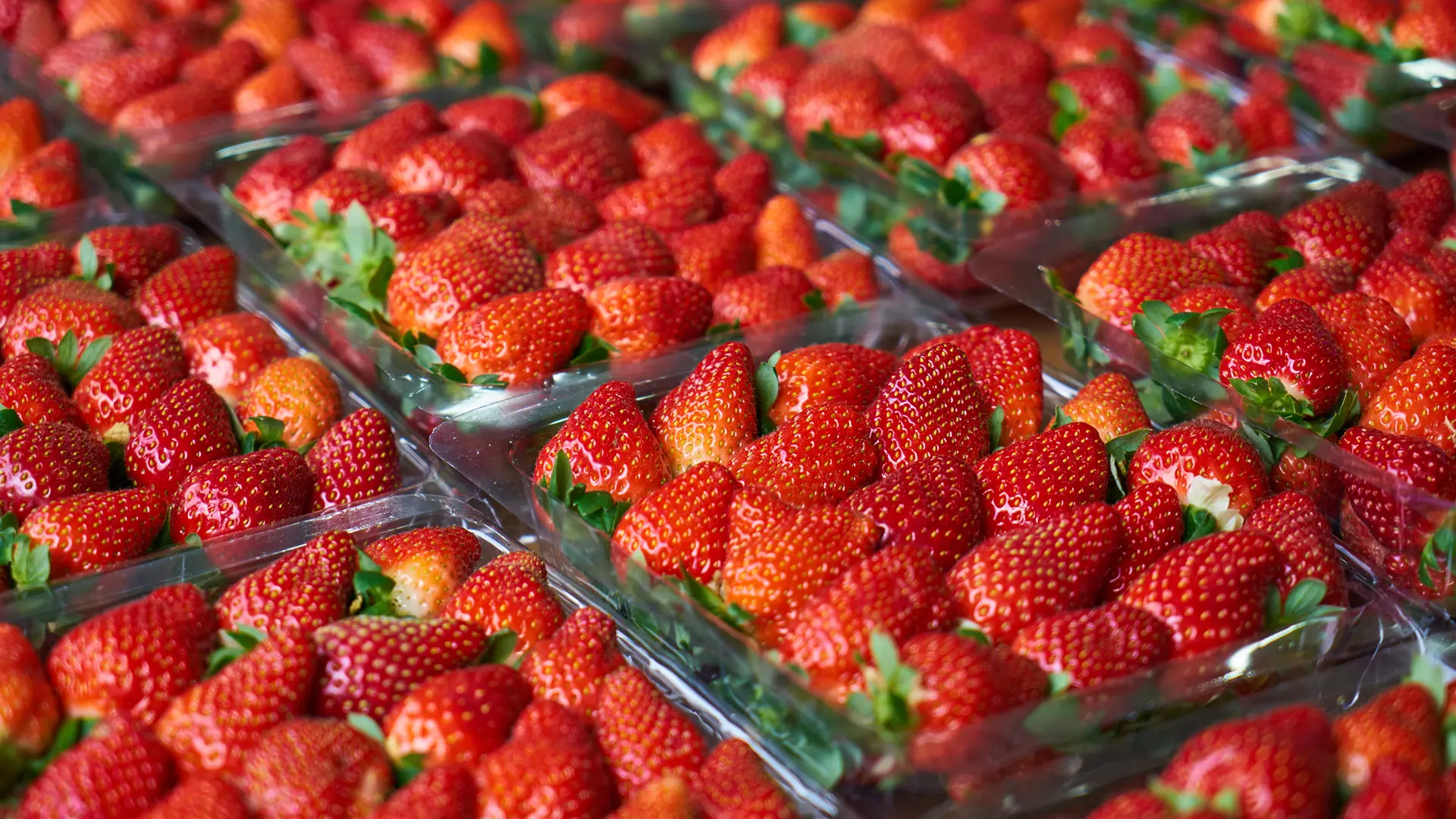Peru is gearing up for its largest-ever blueberry export season, but the accelerated pace of production growth risks putting pressure on the country’s infrastructure and the global market. This is the warning issued by Luis Miguel Vegas, general manager of ProArandanos, who urges the sector to develop new strategies to avoid market saturation, improve logistics, and diversify export destinations.
Unprecedented growth
During a webinar organized by consulting firm Fluctuante, Vegas predicted that during the 2025/26 season, Peru will surpass 400,000 tonnes of exported blueberries, a 25% increase compared to the previous season. Since 2016, the sector has maintained an average annual growth rate of 30%, and the upcoming season looks promising in both quantity and quality, thanks to healthy plants and abundant fruit.
Despite extreme weather events having severely impacted production — such as in 2023, when the El Niño phenomenon reduced export volumes by 40% — the sector has shown a remarkable ability to recover. Vegas noted that this drop also had a corrective effect on prices, which doubled in some markets.
Logistical bottlenecks: a growing risk
Although there was a partial recovery last season, the concentration of volumes over just a few weeks remains a structural issue. For three consecutive weeks, weekly exports exceeded 24,000 tonnes, putting serious strain on the national logistics system.
According to Vegas, “the lack of diversification in harvest timing creates transportation bottlenecks, packaging material shortages, and delays in phytosanitary certifications.” If growth continues without a reprogramming of the harvest calendar, the entire system risks becoming unsustainable.
Varieties and genetics: the keys to the future
To improve the sector's sustainability, Vegas is focusing on varietal replacement. Traditional varieties like Ventura and Biloxi are giving way to more resilient and flexible genetics such as Sekoya Pop and Magica, which can extend the harvest window and better adapt to climate change.
Currently, almost 60% of the cultivated area in Peru is planted with new varieties.
Diversifying markets and ports: a necessary strategy
The United States remains the main export market for Peruvian blueberries, absorbing over 55% of total shipments. However, attention is also turning to China, whose share could grow by six percentage points thanks to the new Chancay port, which will cut transit times to Asia by around 10 days.
Vegas also highlighted the importance of relying on alternative ports, both for departure and arrival, to avoid past disruptions such as the congestion at the Port of Callao or the strike in Philadelphia. “Diversifying markets and routes is as crucial as genetics,” he stated.
Price pressure and insufficient promotion
One of the main risks linked to rapid growth is the downward pressure on international prices. According to Vegas, investing in international promotion is essential to stimulate consumption and maintain profitable price levels.
“We’re growing 30% annually in volume, but in markets like the U.S., consumption is increasing by less than 10%,” he warned. “An urgent plan is needed to promote blueberries in new markets and strengthen Peru’s national brand.”
Looking ahead
With a record-breaking season on the horizon, the Peruvian blueberry industry stands at a crossroads: continuing to grow without adjustments risks harming the entire production ecosystem. It will therefore be essential to better plan production flows, innovate with new varieties, strengthen infrastructure, and diversify markets. Only then can Peru maintain its position as a global leader in the blueberry industry in the years to come.
Text and image source: fruitnet.com









